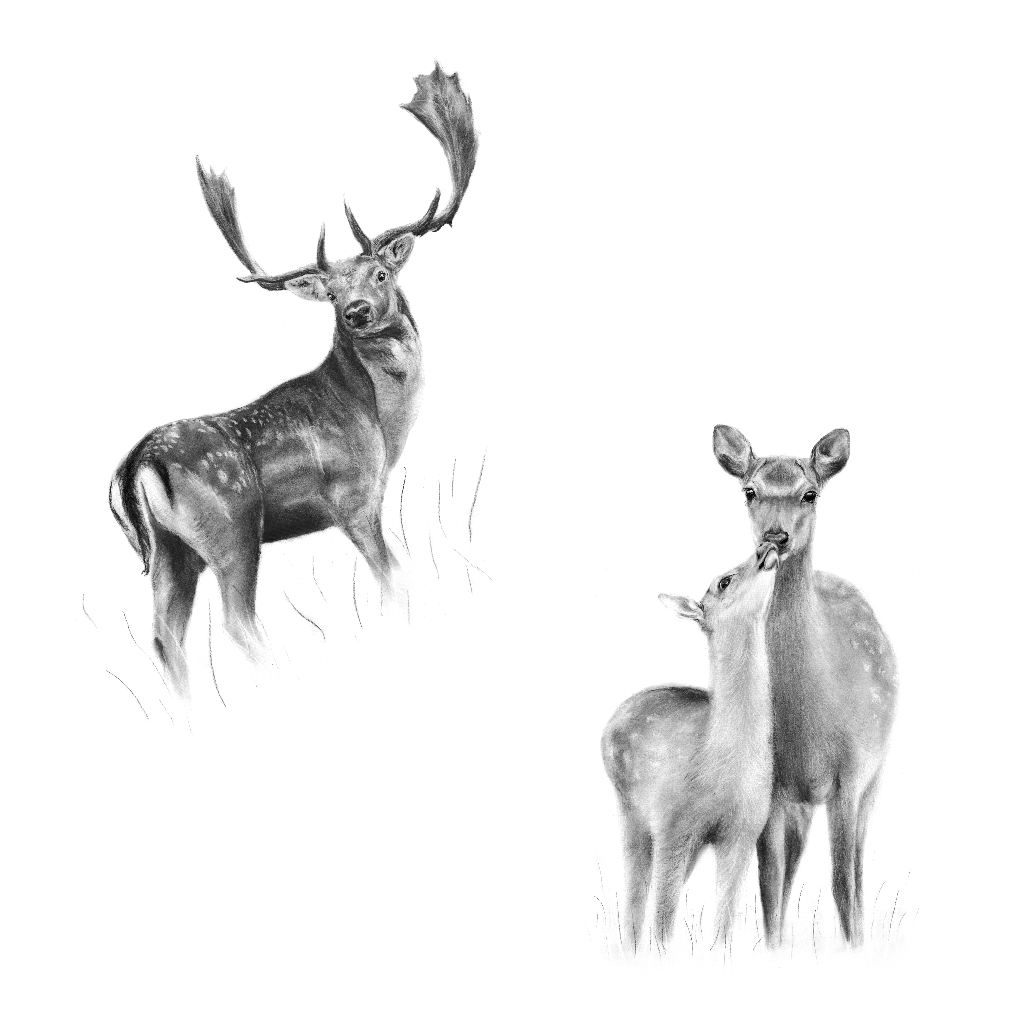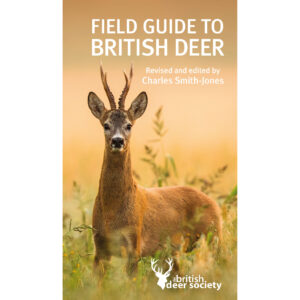WHAT IS CWD?
Chronic Wasting Disease (CWD) is highly infectious and has devastating effects on both wild and farmed deer. BDS is campaigning hard, along with other organisations and our colleagues in Norway, to help keep the occurrences of CWD to a minimum.
information on this issue
CWD in Scandinavia:
CWD found in a new species in Norway
According to Norwegian news sources, since April 2016, about 25,000 wild cervids in Norway have been tested for chronic wasting disease (CWD). Seven wild reindeer from the mountains of south-central Norway, and 3 moose, 300-400 km east of the reindeer, near Swedish border, have been found to be infected with CWD. A single red deer also appears to be positive; and it was 200 km from the reindeer area and 200-300 km from the moose cases. So there now appear to be at least 3 distinct foci of CWD in Norway.
The prions from reindeer cases are similar to North American CWD, and may have been imported with biological products. The type of prion found in the moose has never been seen before and may be a spontaneous mutation. Typing of the red deer variant is pending. Based on known migratory routes of moose, there is a high likelihood of CWD spreading to Sweden, if that has not already occurred.
CWD in Norway – a state of emergency for the future of cervids (Phase II): Report from The Norwegian Scientific Committee for Food Safety (VKM), 6.4.17
Norway reports a fourth case 2.9.16
A fourth deer has been diagnosed in Norway – a male 6 year old reindeer has been found relatively close to the first reindeer casualty on plateau. http://norwaytoday.info/news/new-case-deer-disease-cwd-norway/
The 300 reindeer which were lightning strike victims were sufficiently close to the CWD cases that sampling of adults was undertaken and no infected animals were found. Continuing CWD sampling of culled animals will be undertaken through the hunting season.
Norway reports a third case, 14.6.16
Norway reports the diagnosis of a third case, a second moose, (moose f2), a pregnant cow found in a river near to moose f1, also confirmed TSE. Scientists have, for scientific reasons, named these initial cases in Norway as “Cervid Wasting Disease” as they are the first cases in a new species, one hopes that the use of multiple names does not cause confusion, they are all TSE.
New DEFRA Publication – Cervid Spongiform Encephalopathy in Norway, 9.6.16
The report looks at the coincidences of these two cases in different species 450 km apart in Norway but finds no correlation nor evidence of connection. The report states that Norway will implement a ban on the trade of live cervids, which will include exportation; which is a relief. https://www.gov.uk/government/publications/cervid-spongiform-encephalopathy-in-norway
The Norwegian Veterinary Institute report, 25.5.16
The Norwegian Veterinary Institute reports that Chronic Wasting Disease had been diagnosed by two different tests (ELISA and Western Blot) in a young adult, pregnant, female moose. The moose had shown abnormal behaviour and was in poor bodily condition.
The moose comes from a different area (Selbu municipality in Sør-Trøndelag, close to the Swedish border ) than the CWD case in the reindeer reported in Norway in April this year. The initial speculation that the case in the reindeer could have been a sporadic prion disease was ruled out by the confirmation of CWD by the OIE reference lab in Canada.
This is the second case of CWD demonstrated in Europe and the first in moose. It is very unfortunate and worrying and will certainly have huge consequences for hunting, surveillance and management.
DEFRA APHA Preliminary paper, 8.4.16
https://www.gov.uk/government/publications/cervid-spongiform-encephalopathy-in-norway










